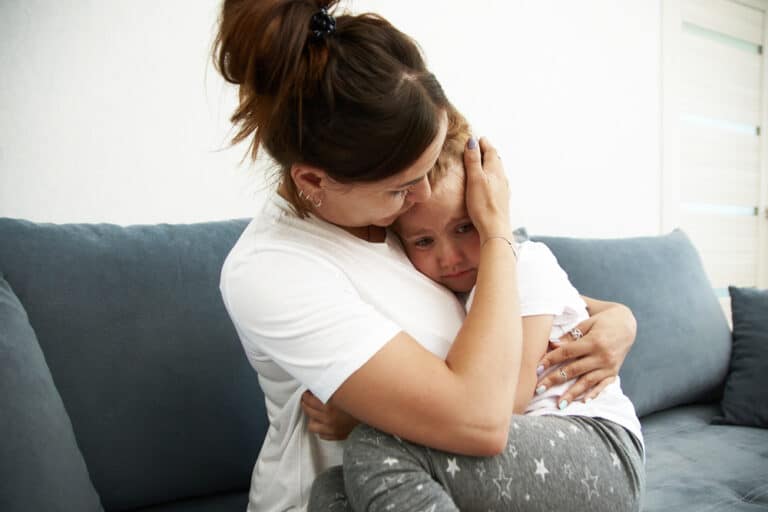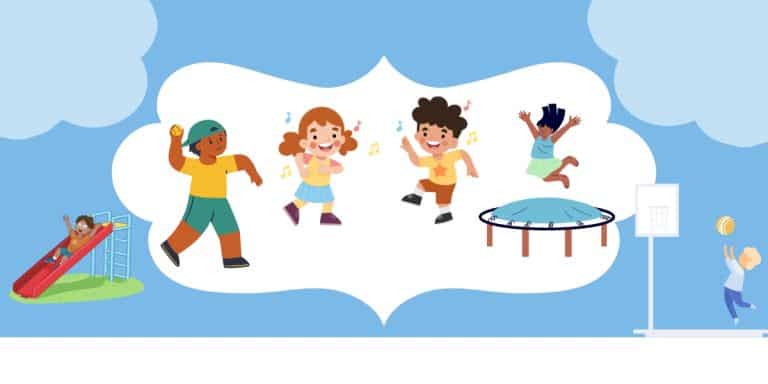Early Warning Signs of Dangerous Behavior in Your Children
No parent wants to admit that their child might be dangerous, though most sense when things go beyond what is considered to be typical misbehavior. If you have doubts, here are some signs that your child is on the wrong path that could help you consider asking for help since ignoring signs can only worsen their condition.
Violence can begin at every age

Amardeep Sada, an Indian boy, 8, confessed to killing six infants, including his sister and a cousin. Mary Bell was 11 when she was sentenced for killing two toddlers. These cases are not the norm, but they demonstrate that violence can escalate even at pre-teens, and it can have fatal consequences.
Self-harm can also start at a young age

Jeremy Wade Delle, from Richardson, Texas, took his own life in front of his classmates and a teacher. He was a gifted artist, and he only showed issues with attendance. Jeremy’s parents already started counseling, but it was too late. Social media only increases the risks of self-harm among youth.
Extreme impulsiveness

American Academy of Child and Adolescent Psychiatry’s list of violent behavior among children finds that extreme impulsiveness can be a sign of a potentially dangerous person. It should be noted that impulsiveness without other behavioral changes is commonly not a reason for concern. Still, most of these signs tend to blend in if a child is a potential danger to themselves and those around them.
Detachment

If a child appears detached, it could signal that they suffered abuse or specific neurological imbalances. It can also be one of the warning signs that a child could be turning to violence. The problem with detachment is that there is not much a loving parent or caregiver can do without professional help since the child appears to live in their own bubble.
Torturing animals

Not every violence against animals means that your child might turn into a serial killer, Joni E. Johnston, Psy.D, a clinical/forensic psychologist, explained. However, she recalled that since the 70s, children who were involved in animal cruelty can indicate future violence and criminal behavior.
Insensitivity to other children or adults

While empathy is taught, some children show no interest in it if someone gets hurt and ignore the person’s pain. This can be a sign of a child with a lack of empathy, which can be worrying, especially if the child is showing violent tendencies.
Out-of-control temper tantrums

Children can have temper tantrums or emotional outbursts. Still, if you have trouble controlling your child or their temper tantrums are getting increasingly more aggressive, your child could be in danger. Some children with anxiety or ADHD can act in this manner, so asking for professional help is the best option.
Engaging in disruptive behavior

Even though they are capable, some children can express disruptive behaviors, especially in school. It can be a phase, a response to trauma, or a sign that a child’s violent tendencies are growing.
Hanging out with violent friends

Children tend to gravitate toward other kids who are seemingly like them. If a child is always hanging out with what one might perceive as a violent group, they are likely acting like the rest of the group. If not, they could be exposed to dangers through peer pressure, which is why a parent has to know their children’s friends.
Violence in writings and drawings

Many children enjoy writing or drawing to express themselves. But if they are focused on violence, especially toward one person, perhaps a friend or a parent, it can be a sign of emotional problems that could escalate to violence. Sadly, the whole nation learned about this following the Columbine massacre.
Intimidating and bullying

If a child is involved in intimidating and bullying, in real life and online, it increases the risk of their behavior getting out of control. Even mildly aggressive expressions can become dangerous if there is a pattern and the child does not react to parental attempts to discipline them.
Feelings of isolation

Most children who don’t have friends and are experiencing isolation are dealing with emotional problems, but that does not make them a threat. Only in some cases are feelings of isolation and not having friends associated with children who act violently, as reported in A Guide to Safe Schools published by the U.S. Department of Education.
Engaging in risky behaviors

Children try out different things out of curiosity. However, repeated alcohol or drug abuse can spark violence among children. The 2006 National Survey on Drug Use and Health revealed that children who used any illegal drug in the past year were almost twice as likely to have engaged in violence compared to those who did not report the use of illicit drugs.
Aggressive outbursts

Anger is a natural emotion. However, anger that is expressed frequently and excessively in response to minor annoyances can signal potential violent behavior toward self and others. Consulting with a mental health professional is always reasonable when you think that your child may become destructive or violent.
Investment in violent content

Most children like watching scary movies or playing video games, the goal of which is to destroy zombies. However, if they are overly exposed to violent content, it can play a part in the development of aggression. Usually, it is combined with other signs of dangerous behavior.
Lack of remorse

It can be troubling if your child always shows little or no remorse for their actions. Sometimes, children have difficulties processing emotions, so they need help from a professional. However, in rarer cases, children can appear cold, regardless of their actions, potentially making them dangerous.
Violent threats

If a child has already expressed some concerning behaviors, and they offer you a detailed threat of violence, it can be alarming. Most children threaten to deal with angst and frustration, but they are rarely detailed and go away quickly. These dangerous threats can include self-harm, and the more specific the language, the more seriously they should be taken.
Increased risks of violent behaviors

Children exposed to violence, abuse, and bullying, as well as those who previously engaged in aggressive behavior, are more likely to become violent. The combination of potentially violent signs with previous experiences can be a significant red flag.
Before things go to the point of no return

Even if your child is not acting violently, if they are idolizing mass shooters, killing animals, or expressing an unhealthy obsession with firearms or other weapons, they could be putting themselves and others in danger. Many programs deal with concerning behaviors in children, but many parents are unaware of their existence.
Mental health should be a priority

There is a stigma regarding mental health, but for many, it is even more challenging to accept that children can suffer from depression, mood disorders, or anxiety. Talk to your child’s doctor if you notice some changes and you don’t see improvements after two to four weeks. It could be a phase, but you can’t be around your child 24/7, and that’s why it is vital to be open and honest about mental health, just like you are when it comes to going to the dentist.
Read More

1: 20 Expenses Parents Should Stop Covering for Their Adult Children
2: Teacher fired after refusing to use student’s preferred pronouns scores major legal victory







